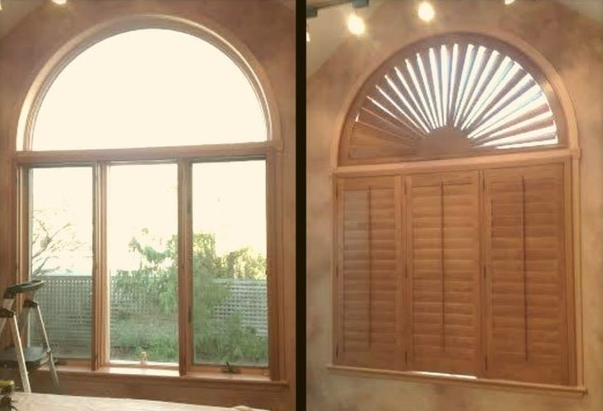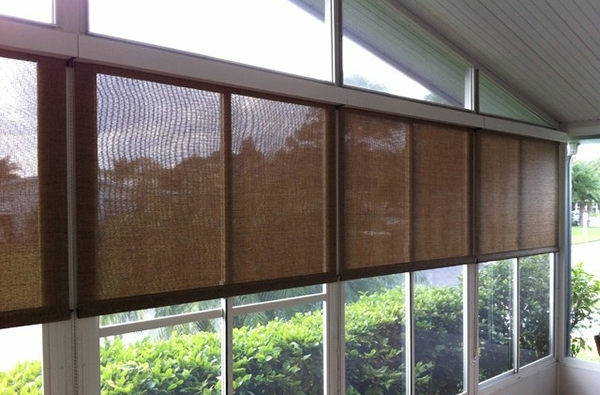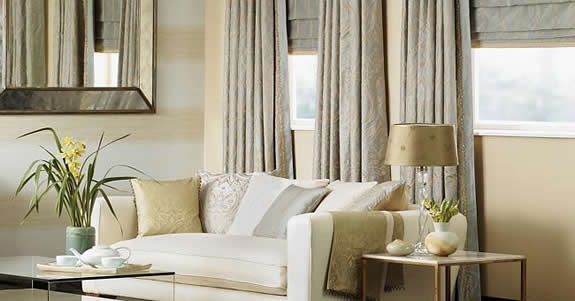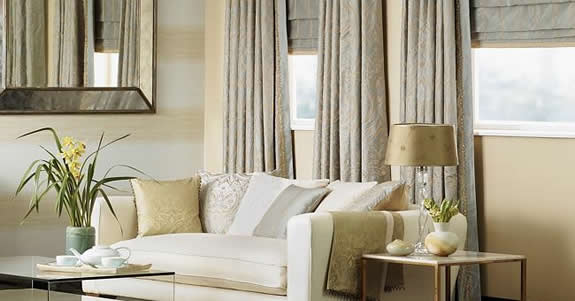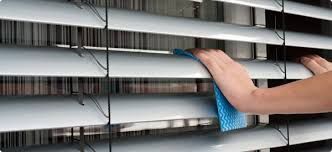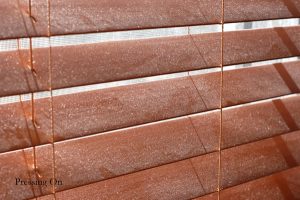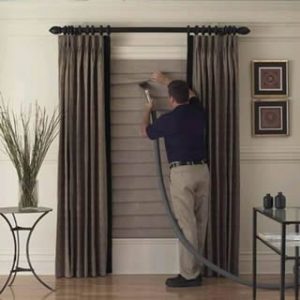Popular Atlanta Window Treatment Trends From 2024
Window treatments play a crucial role in both the functionality and aesthetic appeal of a home. They provide privacy, regulate natural light, and add an element of style to any room. As we enter 2024, the trends in window treatments reflect a growing interest in sustainability, minimalism, and smart technology. Whether you’re renovating or just refreshing your space, choosing the right window treatment can elevate your home’s interior design. In this article, we’ll explore the most popular window treatments of 2024, including styles, materials, and technological innovations that are defining the year.
1. Automated and Smart Window Treatments
One of the biggest trends in 2024 is the rise of automated and smart window treatments. These high-tech solutions offer convenience and energy efficiency, allowing homeowners to control blinds, shades, and curtains with the touch of a button or through voice commands. Integration with home automation systems, such as Google Home, Alexa, or Apple HomeKit, is becoming more common, giving users the ability to set timers, adjust the level of natural light throughout the day, and even sync their window treatments with smart thermostats to regulate indoor temperatures.
Key features:
- Remote control and automation: Use your smartphone or voice commands to open or close window treatments.
- Energy efficiency: Automating shades to open during cooler parts of the day and close during peak sunlight hours can help reduce energy consumption.
- Custom schedules: You can set different schedules for weekdays, weekends, and even vacations, improving security when you’re away.
2. Sustainable and Eco-Friendly Materials
With the continued focus on sustainability and eco-conscious living, sustainable window treatments are increasingly popular in 2024. Many homeowners are opting for window coverings made from natural materials like bamboo, jute, and linen. These materials are not only environmentally friendly but also bring warmth and texture to interior spaces.
Popular eco-friendly window treatment options include:
- Bamboo blinds: Bamboo is a fast-growing, renewable resource. Bamboo blinds offer a natural, rustic look that complements various interior styles, from modern to boho-chic.
- Organic cotton and linen drapes: Organic fabrics are free from harsh chemicals and pesticides, making them a healthier option for homes, especially for families with allergies or sensitivities.
- Recycled fabrics: Some companies are now producing blinds and shades using recycled materials, such as plastic bottles or post-industrial fabric scraps, providing an eco-friendly alternative without compromising style.
3. Minimalist and Sleek Designs
The trend toward minimalism in interior design is continuing in 2024, and window treatments are no exception. Homeowners are opting for sleek, streamlined designs that offer simplicity while providing functionality. Minimalist window treatments often feature clean lines, neutral colors, and uncluttered appearances, allowing them to blend seamlessly with contemporary or modern interiors.
Popular minimalist options include:
- Roller shades: These shades have a simple, clean aesthetic and are available in a wide range of materials and colors. Roller shades can disappear into their casing when not in use, enhancing the minimal look.
- Panel track blinds: For larger windows or sliding glass doors, panel track blinds offer a sleek solution. The large panels glide smoothly across a track and are available in various fabrics and patterns, adding a modern touch to any room.
- Sheer shades: Combining the look of blinds and fabric, sheer shades offer a soft, airy feel while still providing privacy and light control.
4. Bold Prints and Patterns
While minimalism is trending, there’s also a growing demand for bold prints and patterns in window treatments, especially in spaces where homeowners want to make a statement. In 2024, expect to see vibrant colors, geometric patterns, and even artistic designs featured prominently on curtains, Roman shades, and drapes.
Trending patterns include:
- Geometric designs: Strong geometric shapes in bright or contrasting colors can bring a modern, dynamic feel to a room.
- Botanical and nature-inspired prints: Leaves, flowers, and natural motifs are popular in both large-scale prints and subtle, delicate patterns, creating a connection to nature within the home.
- Artistic and abstract patterns: These window treatments serve as a focal point for rooms, with designs ranging from abstract brushstrokes to intricate motifs that add a unique touch to any space.
5. Layered Window Treatments
Layering window treatments continues to be a trend in 2024, as it allows homeowners to combine different styles and materials to create a custom look that fits their needs for privacy, light control, and aesthetics. Layering typically involves pairing shades, blinds, or shutters with curtains or drapes for a versatile and stylish appearance.
Popular combinations include:
- Roman shades with curtains: Roman shades provide a tailored, classic look, while adding curtains can soften the room and offer additional insulation.
- Wooden blinds with sheer drapes: This combination blends the warmth and natural texture of wood with the light, airy feel of sheer drapes, making it ideal for transitional and farmhouse interiors.
- Blackout shades with decorative curtains: For bedrooms or media rooms, blackout shades offer total light control, while decorative curtains add visual appeal when the shades are not in use.
6. Natural Light and Privacy Balance
As homeowners seek to maximize natural light while maintaining privacy, dual-function window treatments are becoming increasingly popular. These treatments allow users to control the amount of light that enters a room without sacrificing privacy, making them ideal for living rooms, kitchens, and bathrooms.
Some top choices include:
- Top-down/bottom-up shades: These shades can be adjusted from the top, the bottom, or both, offering maximum flexibility for light and privacy control. They are particularly useful in spaces where you want to let in light while maintaining privacy, such as street-facing windows.
- Translucent shades: Translucent materials allow light to filter through while still obscuring the view from outside, offering privacy without darkening the room.
- Layered or zebra shades: These shades feature alternating bands of sheer and opaque fabric, allowing you to adjust the level of light and privacy by simply shifting the bands.
7. Shutters with Modern Upgrades
Shutters remain a classic choice for window treatments, but in 2024, they are being reimagined with modern upgrades. While traditional wood shutters are still popular, there’s a growing trend toward composite materials that offer the look of wood with greater durability and lower maintenance. These materials are resistant to moisture, making them ideal for kitchens, bathrooms, and humid climates.
Key benefits of modern shutters:
- Durability: Composite shutters are less prone to warping, cracking, or fading compared to natural wood.
- Customization: Shutters are available in various colors and finishes, making it easier to match them with modern or contemporary interiors.
- Light control: Shutters offer excellent control over light and privacy, and their timeless look complements a wide range of home styles.
As we move through 2024, window treatments are becoming more than just functional accessories; they are key design elements that can elevate the look and feel of any room. The most popular trends this year reflect a balance between technology, sustainability, and style. Automated window treatments, eco-friendly materials, bold patterns, and minimalist designs are all at the forefront, offering homeowners plenty of options to choose from based on their preferences and lifestyle.
Whether you’re looking to add a high-tech touch to your home, embrace eco-conscious living, or simply refresh your space with a bold new look, the window treatments of 2024 provide endless possibilities to enhance your home’s interior design. Peachtree Blinds is here to help guide you through the process of choosing the best window covering solutions for your home.

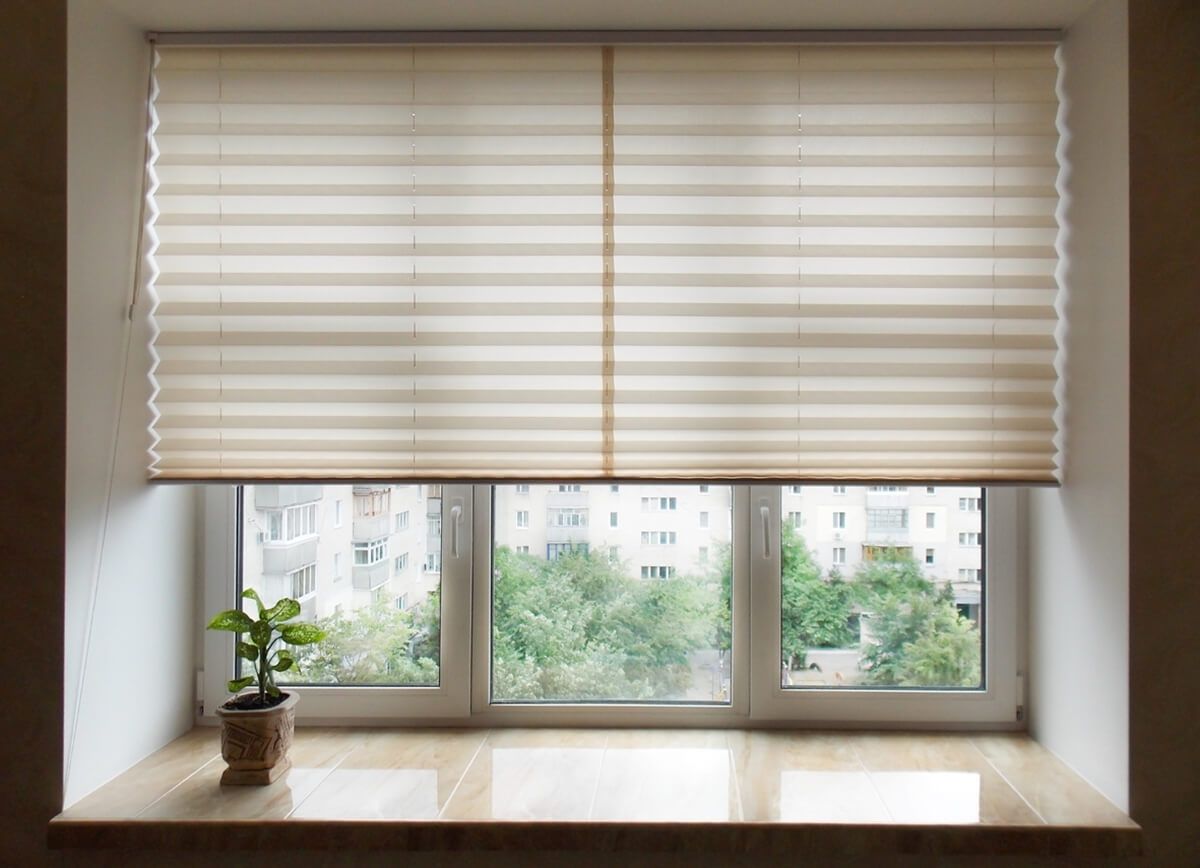
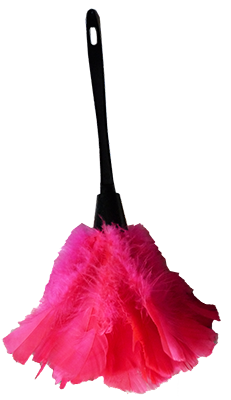 Dust Removal:
Dust Removal: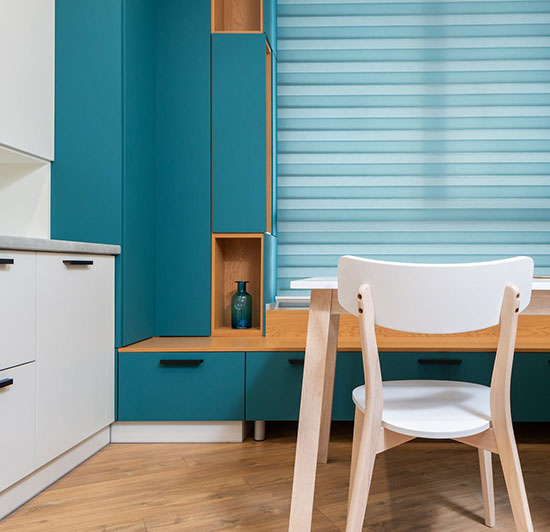 Test any cleaning solution or spot treatment on a small, inconspicuous area of the cellular shades before applying it to the entire surface. Always follow the manufacturer’s instructions and recommendations for cleaning and care to avoid voiding any warranties. If you’re unsure about cleaning your cellular shades yourself, consider hiring a professional window treatment cleaner or contacting the manufacturer for guidance.
Test any cleaning solution or spot treatment on a small, inconspicuous area of the cellular shades before applying it to the entire surface. Always follow the manufacturer’s instructions and recommendations for cleaning and care to avoid voiding any warranties. If you’re unsure about cleaning your cellular shades yourself, consider hiring a professional window treatment cleaner or contacting the manufacturer for guidance.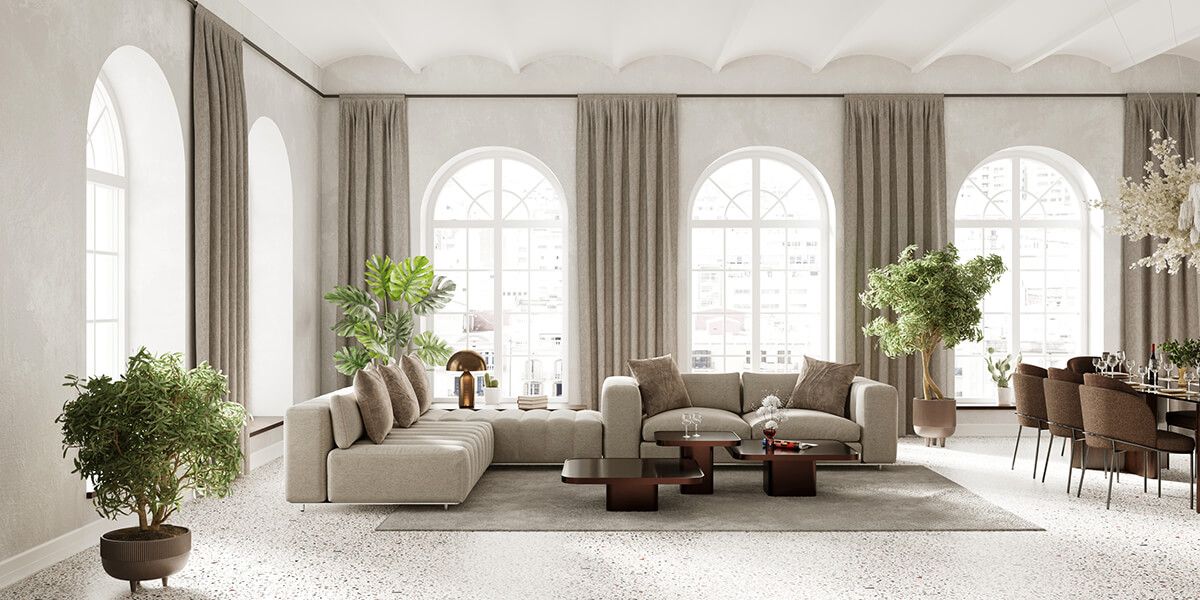
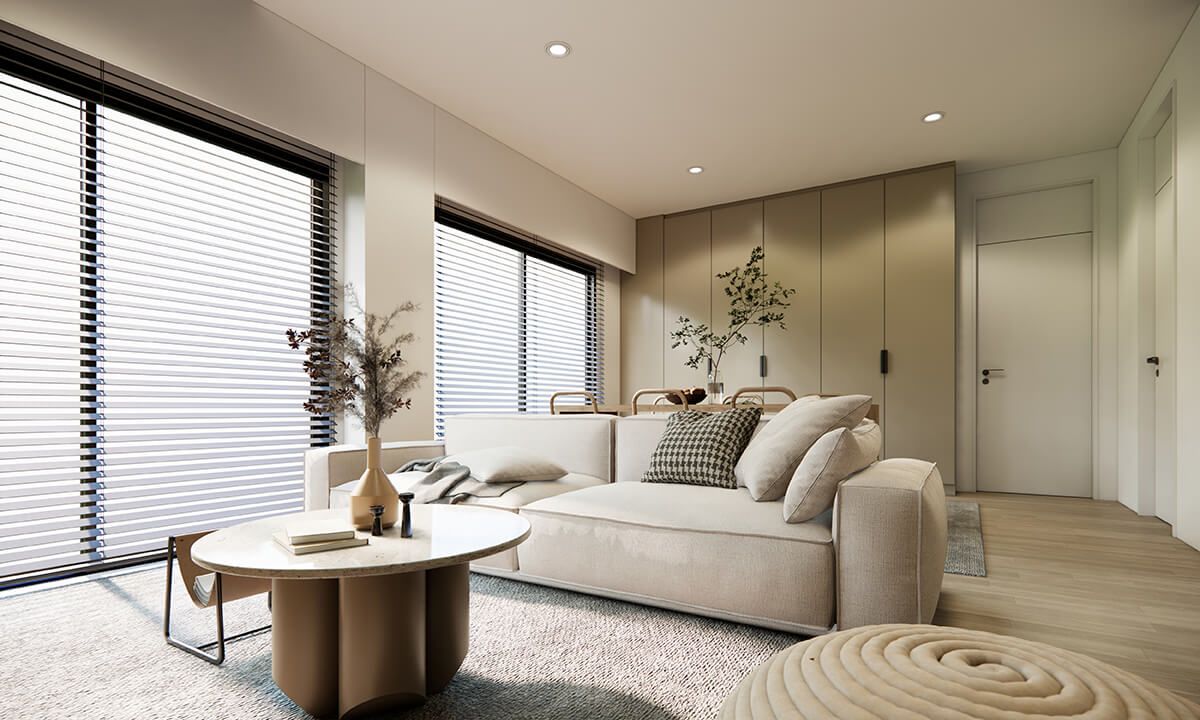
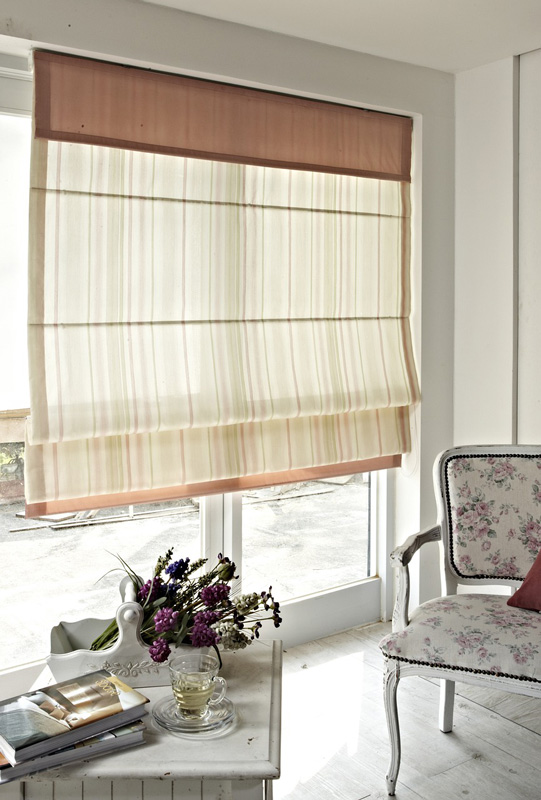
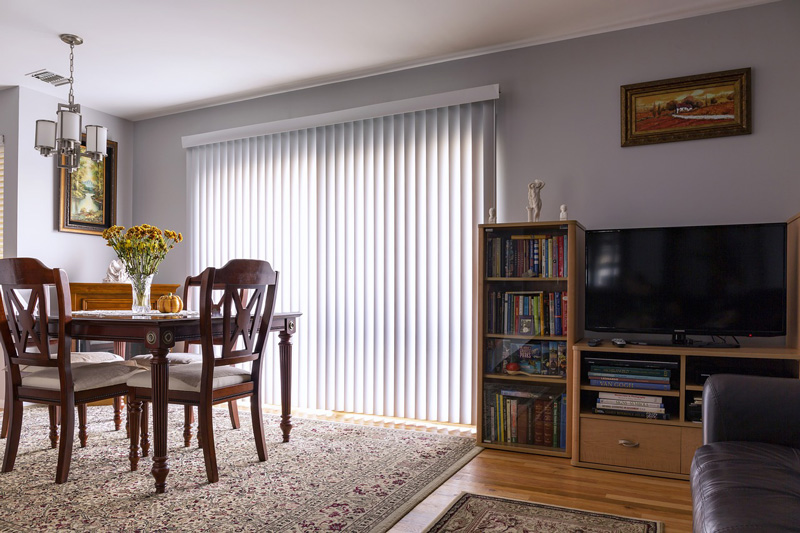

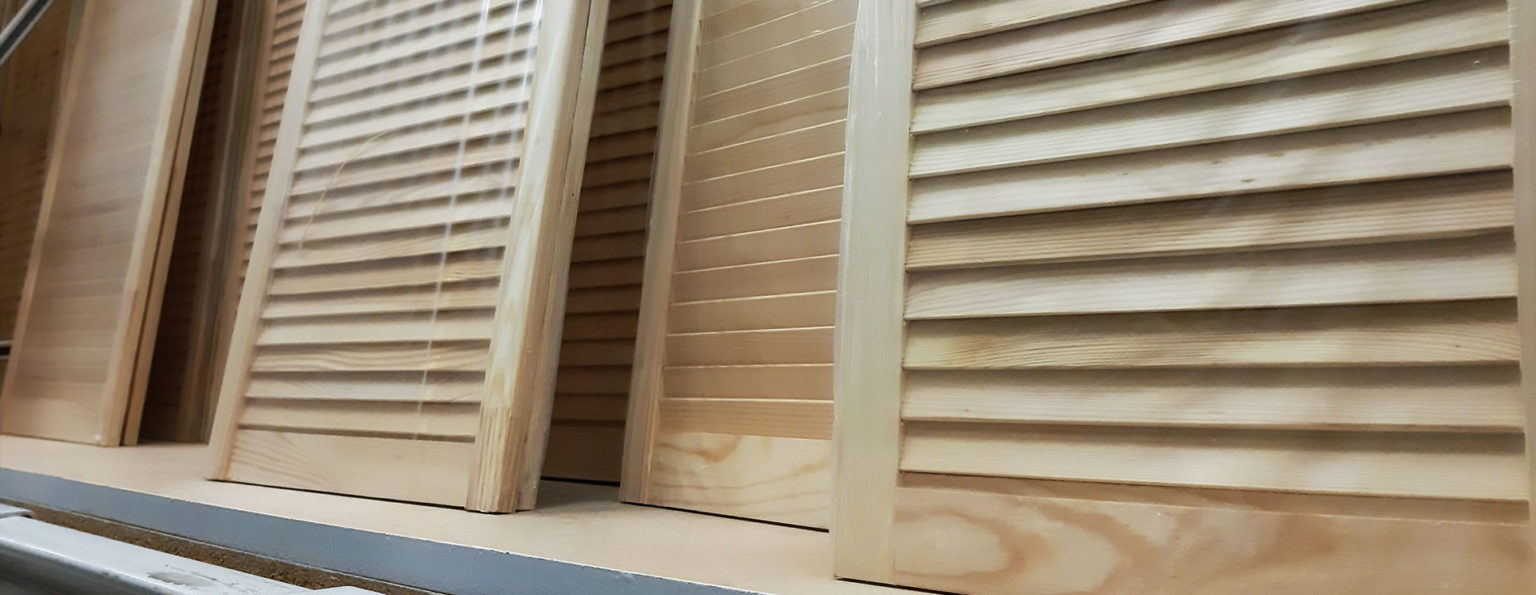
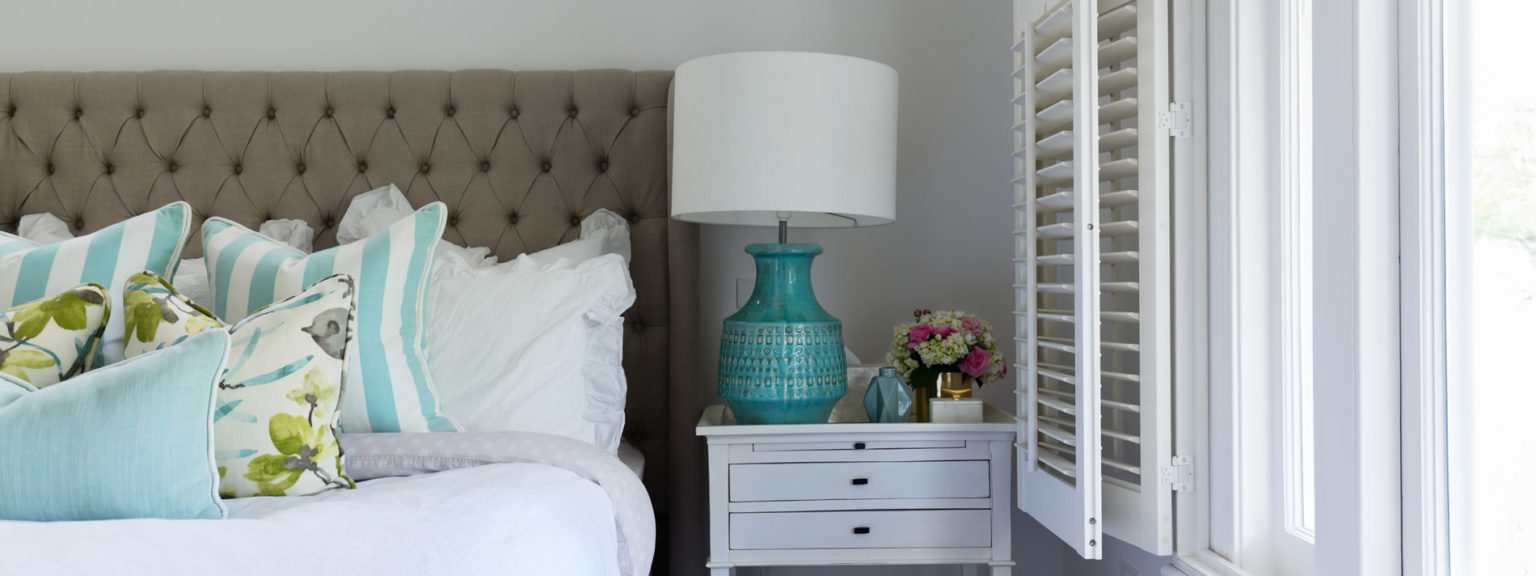
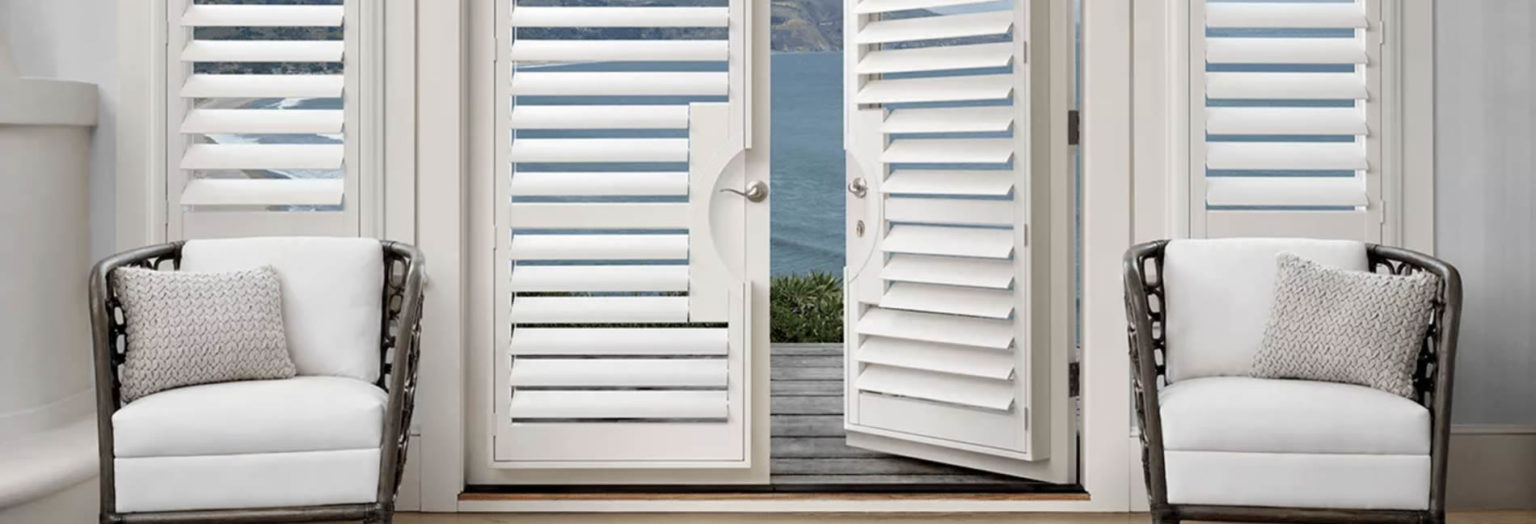
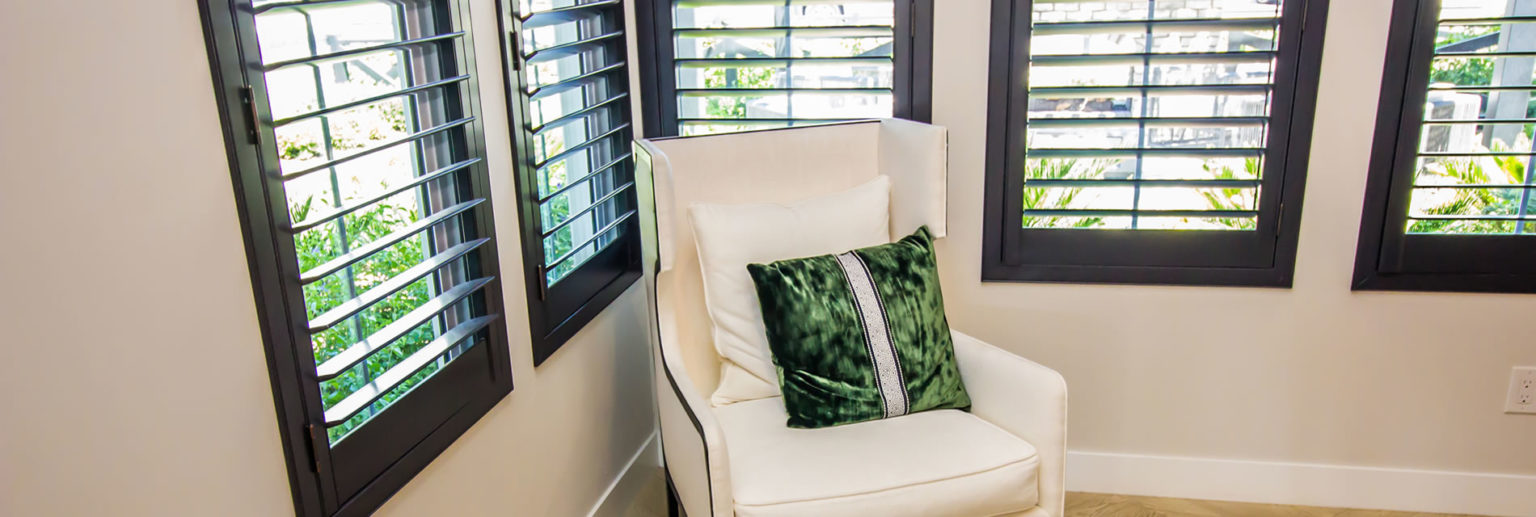



 Ways strangulation can occur:
Ways strangulation can occur:
